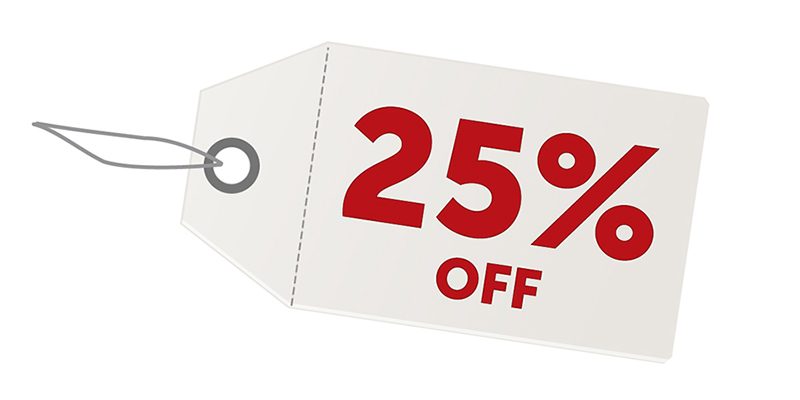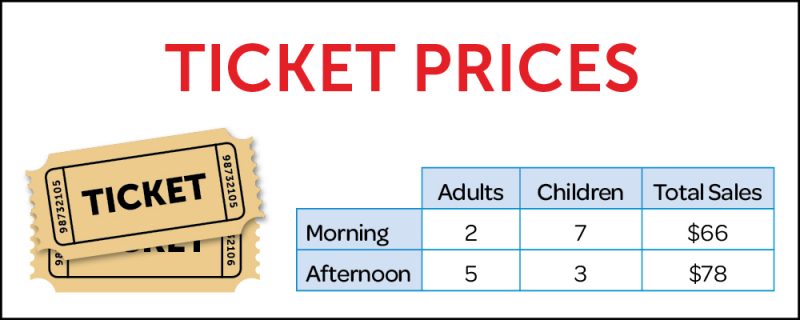Cal's Corner
Fractions Facts: Key to a Child’s Future Success in Mathematics?
This is part of a series on fractions:
- Part 1: History of Fractions and Fraction Concepts
- Part 2: Fractions Facts – This Post
- Part 3: Fraction models and visuals
- Part 4: Decimal Fractions and the Number Line
Research suggests fractions are essential for a student’s future success in mathematics.
Since 2012, there have been a range of published research studies (Bailey et al., 2012; Booth & Newton, 2012; Torbeyns etal., 2014; Siegler etal., 2012)1, suggesting that fractions facts are essential for a student’s future success in mathematics. While it is overly simplistic to claim that success in high school mathematics depends solely on fractions, the correlation is strong and warrants consideration.
Over the past five years, this writer has been tutoring students across Grades 7 to 12. The anecdotal evidence from this experience suggests that there are a range of content pre-requisites for high school mathematics. In that list, fractions seem to be the one strand that is underemphasized in the elementary school mathematics curriculum when understandings and mastery of skills are assessed. The following discussion will provide a few content/context examples of where fractions are necessary for success in later mathematics. The aim is to show that students will benefit from having a sound background knowledge of fractions facts when they leave elementary school.
Fraction Facts: Percentages

One of the more frequent applications of mathematics involves percentage (simple and compound interest, markup and discount, commissions, taxes, comparisons, and more). The word “percent” directly suggests a fraction and most students do know that the number in front of the percent symbol (%) is “out of 100.” They also know that there is a % key on a calculator that can be used to express the percentage as a decimal. With this technology, they complete nearly all calculations with percentage on a calculator without any analysis of the sensibility of the answer.
Fraction Equivalents
Students will have a broader range of strategies when they work with percentage, if they know fraction equivalents. Knowledge and facility with key percentages (50%, 25%, 20%, 10% and 5%) and the equivalent common fraction forms is a first step. When students know the links between percentages and fraction values they can quickly make estimates and find exact values. For example, to find a 25% discount on $200, students should be able to quickly calculate 1/4 of 200 (1/4 x 200) to know the price will be $50 less than $200, or $150. Students will benefit from mastering the fraction skills used with percentage in the same way they learn addition or multiplication facts.
It is interesting to note the difficulty that percentages greater than 100% (and fractions greater than 1) present for students. There seems to be a mysticism about what 125% means and a lack of ability to link and use improper fractions such as 5/4 with these percentages. Some of this is due to the limited experiences that students have with visual models for fractions greater than 1 (percentages greater than 100%). A later Blog will discuss the use of the number line to represent fractions which enables students to easily work with improper fractions.
Fraction Facts and Algebra
Much of high school mathematics involves the teaching of algebra. This strand is too often and unnecessarily the dry and barren stretch of mathematics. But, algebra is essential for the many current and growing number of applications in the STEM disciplines. The published research over the past six years has helped to highlight the role of fractions in learning algebra.
In order to gain some appreciation of the many places where fractions “pop up” in algebra, it is really necessary to work through all of the many facets of algebra. Over the past four years, my tutoring work has identified many of the unexpected places where fractions appear in algebra. Here is one example that involves a common algebra situation—the solution of simultaneous linear equations. The data in the table below indicates the number of people (adults and children) and total sales for two different time intervals. The aim is to use the information to calculate the prices of the individual adult and child tickets.

Using algebra, the morning and afternoon situations can be expressed as equations where x is the price of an adult ticket and y is the price of a child’s ticket:
2x + 7y = 66 and 5x + 3y = 78
One method to find the solutions is to rewrite the equations in the following manner:
subtract the x expression from both sides in each equation
7y = 66 ➖2x and 3y = 78 ➖5x
then divide both sides by the coefficient of y
y = 66/7 ➖2/7x and y = 78/3 ➖5/3x
The two expressions are then equated so a solution can be found for x.
66/7 ➖2/7x = 26 ➖5/3x
From this point, it is necessary to apply several fraction understandings and skills to determine that x = $12. Once this value is known it can be used to find the value of y (= $6).
The y = a/b x + c form is helpful because it provides a quick way to describe or construct a straight line and in turn help to provide a graphical solution. In particular, the fraction a/b gives the slope (rise over run) of the line. So, the ➖2/7 in y = 66/7 ➖2/7x indicates that the line is dropping slowly. On the other hand, ➖ 5/3 in y = 78/3 ➖ 5/3x means the line is dropping much faster.
Fraction Facts Mastery – Essential to High School Mathematics
The above are just a few of the many examples where fractions are encountered both directly and indirectly in high school mathematics. The implications for the elementary school are many, but specifically it is clear that students will encounter many instances where they will use fractions so understanding of fractions is essential. Further, elementary school students need to possess skills with equivalence and operations involving fractions that allows the same facility and speed of recall they have with whole numbers. With these understandings and skills later success with mathematics is more likely to be ensured.
1Bailey, D., Hoard, M., Nugent, L., & Geary, D. (2012). Competency with fractions predicts gains in mathematics achievement. Journal of Experimental Child Psychology, 113, 447-455.
Booth, J., & Newton, K. (2012). Fractions: Could they really be the gatekeeper’s doorman? Contemporary Educational Psychology, 37, 247-253.
Torbeyns, J., Schneider, M., Ziqiang, X., Siegler, R. (2015). Bridging the gap: Fraction understanding is central to mathematics achievement in students from three different continents. Learning and Instruction, 37, 5 – 13.
Siegler, R., Duncan, G., Davis-Kean, P., Duckworth, K., Claessens, A., Engel, M., Susperreguy, A., and Chen, M., (2012). Early predictors of high school mathematics achievement. Psychological Science, 23, 691 – 697.




